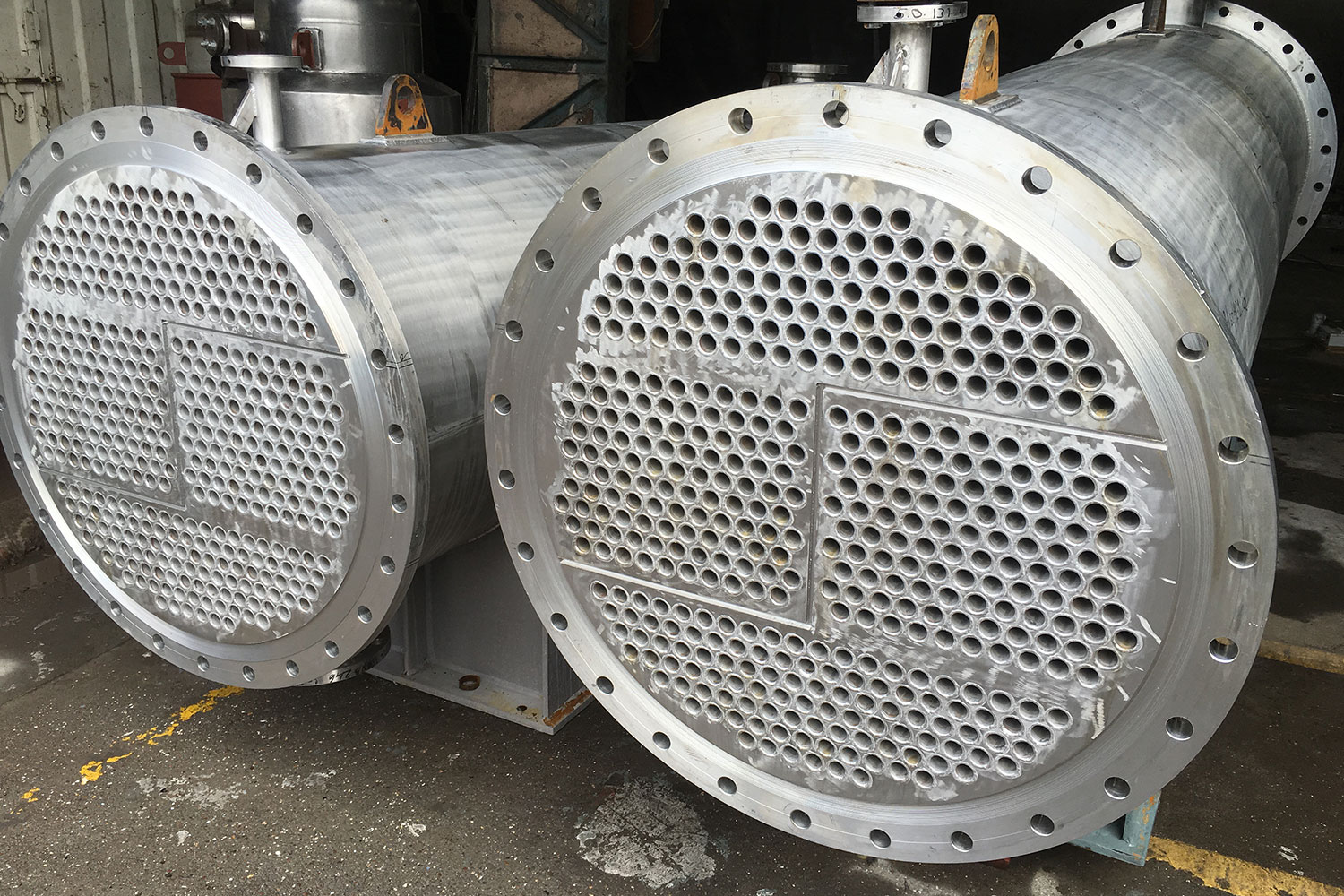
In the world of thermal engineering, the role of heat exchangers cannot be overstated. These ingenious devices play a pivotal role in myriad industries, from power generation to manufacturing and HVAC systems. One particular type of heat exchanger that has gained immense popularity is the finned tube heat exchanger. In this article, we will explore the fascinating world of heat exchangers and delve deep into the workings and applications of finned tube heat exchangers.
The Essence of Heat Exchangers
To grasp the significance of finned tube heat exchangers, it’s essential to first understand the basic concept of heat exchangers. At its core, a heat exchanger is a device designed to transfer heat from one fluid to another without them coming into direct contact. This transfer can either be for the purpose of heating or cooling a medium, depending on the application.
Heat exchangers are omnipresent in our daily lives, even if we don’t always notice them. For instance, your car’s radiator uses a heat exchanger to dissipate the excess heat generated by the engine. Similarly, the condenser unit in your air conditioning system utilizes a heat exchanger to release heat to the surroundings. In industrial settings, heat exchangers are indispensable for processes such as refining oil, generating electricity, and producing chemicals.
Types of Heat Exchangers
Heat exchangers come in various shapes and sizes, each tailored to specific applications and performance requirements. Here are some common types:
1. Shell and Tube Heat Exchangers:
These are among the most prevalent heat exchangers, consisting of a series of tubes enclosed within a cylindrical shell. One fluid flows through the tubes, while another circulates around the shell. The transfer of heat occurs through the tube walls.
2. Plate Heat Exchangers:
Plate heat exchangers use a series of metal plates with channels for the fluids to pass through. They are highly efficient and compact, making them suitable for applications with space constraints.
3. Double Pipe Heat Exchangers:
As the name suggests, these exchangers consist of two pipes, one inside the other. The hot fluid flows through one pipe, while the cold fluid flows through the other. Heat transfer takes place between the two pipes.
4. Finned Tube Heat Exchangers:
Finned tube heat exchangers, the focal point of our discussion, are a specialized type of heat exchanger that excels in certain applications due to their unique design.
The Artistry of Finned Tube Heat Exchangers
Finned tube heat exchangers are marvels of engineering designed for enhanced heat transfer efficiency. Their distinctive feature is the addition of fins, or extended surfaces, to the outer surface of the tubes. These fins significantly augment the heat transfer area, making them exceptionally efficient for both heating and cooling applications.
How Do They Work?
The principle behind finned tube heat exchangers is relatively straightforward. By increasing the surface area available for heat transfer, the fins facilitate more efficient heat exchange between the fluid inside the tubes and the fluid flowing over the fins. This is particularly beneficial when dealing with fluids with low heat transfer coefficients or when there is a significant temperature difference between the two fluids.
Fins can come in various shapes and configurations, including straight fins, helical fins, and annular fins, each tailored to specific applications and heat transfer requirements. The choice of fin design depends on factors such as the type of fluids involved, flow rates, and temperature differentials.
Applications of Finned Tube Heat Exchangers
The versatility of finned tube heat exchangers is reflected in their wide-ranging applications across various industries:
1. HVAC Systems:
Finned tube heat exchangers are commonly used in heating, ventilation, and air conditioning (HVAC) systems. They are integral components in air coils and radiators, where they help regulate temperature and maintain comfortable indoor environments.
2. Refrigeration:
In refrigeration systems, finned tube heat exchangers are essential for cooling processes. They play a crucial role in evaporators and condensers, aiding in the conversion of refrigerants between liquid and gaseous states.
3. Power Generation:
Power plants, whether fueled by fossil fuels or nuclear energy, rely on finned tube heat exchangers for cooling applications. These heat exchangers help maintain the temperature of critical components and enhance the overall efficiency of power generation.
4. Oil and Gas Industry:
In the oil and gas sector, finned tube heat exchangers are utilized in various processes, such as natural gas processing and crude oil refining. They assist in the condensation and vaporization of hydrocarbons, contributing to the separation of different components.
5. Chemical Manufacturing:
Chemical processing often involves the need to control temperatures during chemical reactions. Finned tube heat exchangers are used to provide precise temperature control, ensuring the safety and efficiency of these processes.
Advantages of Finned Tube Heat Exchangers
Finned tube heat exchangers offer several advantages that make them stand out in the world of heat transfer:
1. Enhanced Heat Transfer:
The extended surface area provided by the fins greatly improves heat transfer efficiency, making them suitable for applications where conventional heat exchangers fall short.
2. Compact Design:
Finned tube heat exchangers are compact and can be tailored to fit into tight spaces, making them ideal for installations with limited room.
3. Customization:
The design of fins can be customized to meet specific heat transfer requirements, ensuring optimal performance in diverse applications.
4. Energy Efficiency:
Their efficiency in heat transfer helps reduce energy consumption, leading to cost savings and environmental benefits.
5. Durability:
Finned tube heat exchangers are built to withstand harsh industrial conditions, offering longevity and reliability.
Conclusion
Finned tube heat exchangers represent a pinnacle of heat transfer technology. Their ingenious design, which increases surface area for heat exchange, makes them indispensable in a wide array of industries. From maintaining the perfect temperature in your home to refining crude oil in massive industrial plants, these heat exchangers silently play a vital role in our daily lives. As technology continues to advance, we can only expect further innovations in the field of heat exchangers, making them even more efficient and versatile. Whether you’re an engineer, a scientist, or simply someone who enjoys the comfort of a climate-controlled space, finned tube heat exchangers are a testament to human ingenuity and our ability to harness the power of heat for our benefit.

